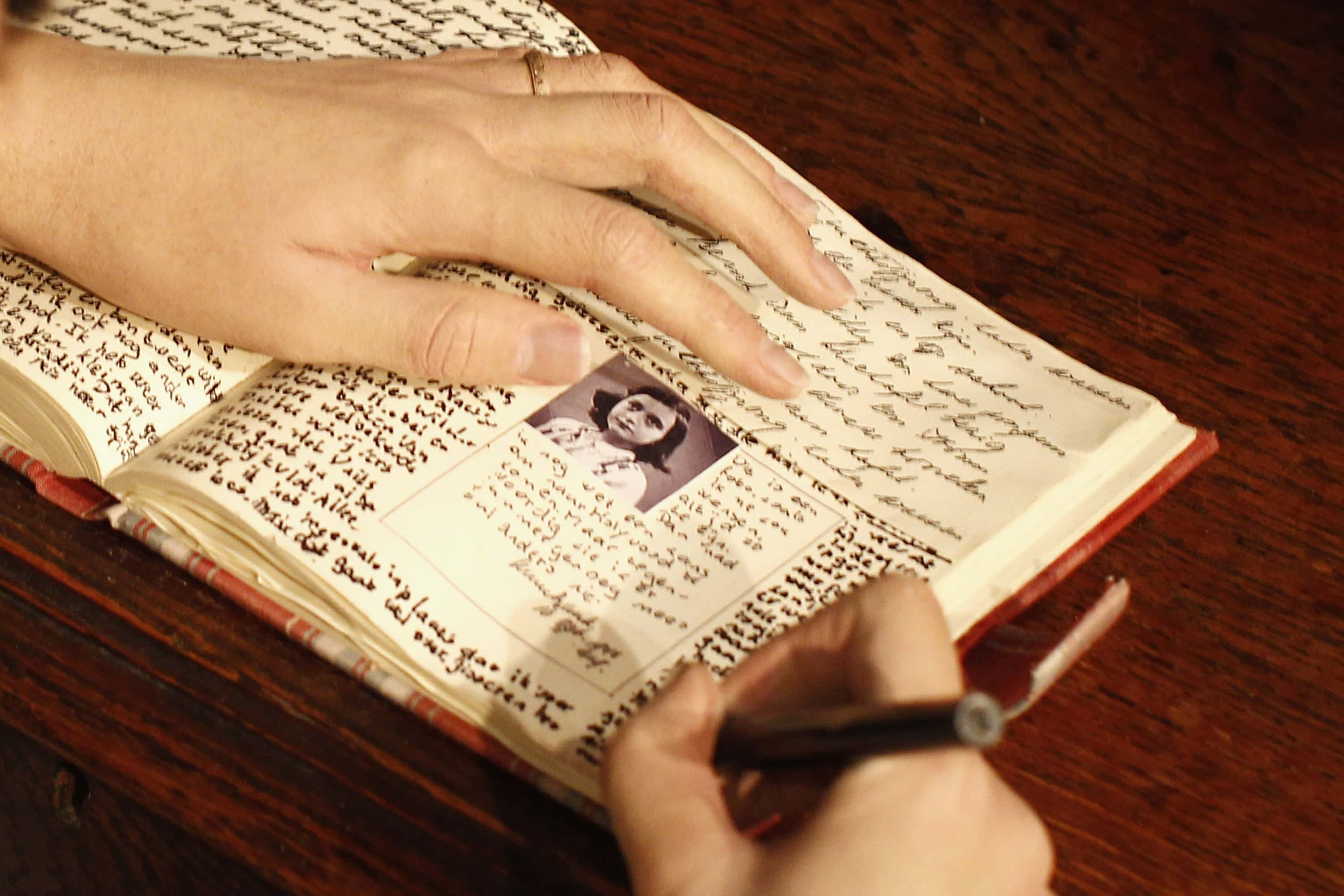Who ratted out Anne Frank and her family? Investigators reopen case to find out

Investigators believe they may have finally solved the mystery behind who turned in Anne Frank and her family to the Nazis. Anne Frank, who was only a teenager when she was killed by the Nazis, is a household name because of her diary, famously known as The Diary Of Anne Frank. Anne had stayed in hiding with her family in the Netherlands during the Holocaust. The family stayed there for two years but was found by police in Nazi-occupied Amsterdam inside an annex hidden behind a bookcase on August 9, 1944.
Anne was only fifteen years old at the time she was caught. She was sent to Bergen-Belsen Nazi concentration, where she died of sickness and starvation. Throughout all this time, it had been believed that Frank's family was betrayed and that the Nazis received a tip off about where they were hiding. But who ratted out the family? A number of investigations were conducted but there was no definite answer to that question. But now, we may finally know, thanks to cold case investigating techniques.
READ MORE

As reported by CBS' 60 Minutes, a team that includes Vince Pankoke, who spent three decades as an FBI special agent targeting Colombian drug cartels, has named the person responsible as Arnold van den Bergh, who died in 1950. "It is a circumstantial case, as many cases are. In today's crime solving, they want positive DNA evidence or video surveillance tape," Pankoke said. "We can't give you any of that. But in a historical case this old, with all the evidence that we obtained, I think it's pretty convincing."
Pankoke said that they had gone all in on the case and reopened all old investigations that they could in the past six years, including those headed by the Dutch police in 1948 and 1963. This however did not help a lot since all the cases were incomplete and had common information. "They were scattered about in probably a dozen different archives. Reports were missing. Witnesses had passed on. Memories had failed,", Pankoke told 60 minutes.
Pankoke and his team began using the Dutch archives which the Nazis would use to hunt people down. The team did this to see if they could make any possible connection to those who were close to the hiding place and find a reason for them to betray the Franks. Pankoke then discovered a man called Van den Bergh, who was a member of the Jewish Council, who was known to tun over lists of addresses where Jews were in hiding to the Nazis. "There's no evidence to indicate that he knew who was hiding at any of these addresses. They were just addresses that were provided that — where Jews were known to have been in hiding," Pankoke said.
Investigators also discovered that Van den Bergh or his family had not been sent to any death camps after the Nazis began to disband the Jewish councils, something Pankoke says could only have been possible if Van den Bergh "had some kind of leverage." Bergh's name had also appeared in the 1963 probe but the investigation was soon dropped.
"We read just one small paragraph that mentioned that during the interview of [Anne Frank's father] Otto Frank, he told them that shortly after liberation, he received an anonymous note identifying his betrayer of the address where they were staying, the annex, as Arnold Van den Bergh." Pankoke said. In 2018, Pankoke and the team located the son of one of the former investigators, who surprisingly was able to locate Otto Frank's copy of the note naming Van den Bergh.










